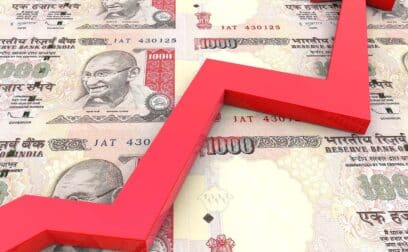Definition
Volatility, in finance, refers to the degree of variation or fluctuation in the price of a financial instrument, such as a stock, bond, commodity, or currency, over time.
What is volatility?
Volatility reflects the extent to which the price of a financial asset moves up and down. High volatility implies that the price can change rapidly and dramatically, while low volatility suggests more stable price movements. It’s often quantified using statistical measures, with one common metric being the standard deviation.
Volatility is influenced by various factors, including economic events, geopolitical developments, company news, and investor sentiment. Sudden changes in any of these factors can lead to increased volatility. A higher volatility is generally associated with higher risk, but it can also present opportunities for higher returns. Investors often weigh the potential for increased returns against the increased risk when making investment decisions.
Different types of financial instruments exhibit varying levels of volatility. For example, stocks are generally more volatile than bonds, while commodities like gold or oil can also experience significant price swings.
Volatility plays a crucial role in options pricing. Higher volatility tends to lead to higher option premiums, as there is a greater likelihood of large price swings. Understanding and managing volatility is a critical aspect of risk management for investors and traders. Strategies such as diversification and hedging can help reduce the impact of volatile markets. Different investors have varying levels of tolerance for volatility based on their risk preferences, investment goals, and time horizons.
Is volatility the same as risk?
Volatility and risk are related but not identical concepts. Volatility refers to the degree of fluctuation or variability in the value of an asset, market, or other factors over time. Risk encompasses the possibility of loss or adverse outcomes, including but not limited to volatility. While high volatility often correlates with higher risk, risk also includes factors like financial uncertainty, operational challenges, and market conditions beyond volatility alone.
Example of volatility
Let’s consider the stock market. Stock prices can fluctuate rapidly over short periods, which is a measure of volatility. For example, Company XYZ’s stock price may experience significant fluctuations in a single day due to various factors such as economic news, earnings reports, or market sentiment.
If Company XYZ’s stock price typically moves up and down by large percentages within a short timeframe, it’s considered highly volatile. Conversely, if the stock price remains relatively stable with minimal fluctuations, it’s considered less volatile.
































 yet? Register here!
yet? Register here!